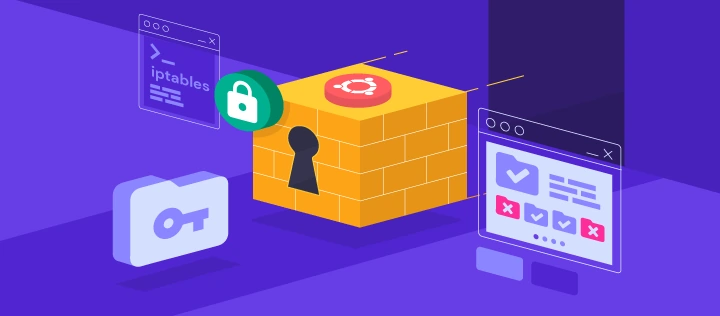Network Security
Key Components
Introduction
When it comes to protecting your network from cybersecurity threats, having a comprehensive network security solution in place is crucial. In this article, we will explore the key components of network security and how they work together to safeguard your data and infrastructure. From intrusion detection systems (IDS) to virtual private networks (VPNs), understanding these components will help you make informed decisions when it comes to securing your network.
Network Security: A Holistic Approach
Effective network security requires a holistic approach that combines multiple techniques and technologies. Let’s take a closer look at some of the key components that together form a robust network security solution.
Physical Security
While network security is often associated with online threats, physical security forms an essential component of a comprehensive security strategy. Physical security measures protect the physical infrastructure of your network, which includes servers, data centers, and communication lines.
Implementing access controls, such as ID cards and biometric authentication, helps prevent unauthorized individuals from gaining physical access to critical areas. Surveillance systems and alarms provide an additional layer of protection by detecting and deterring potential breaches. Regular audits and monitoring ensure that physical security measures remain effective and up to date.
Security Information and Event Management (SIEM)
SIEM, or Security Information and Event Management, is a powerful tool that helps organizations monitor and manage their network security. SIEM solutions collect and analyze vast amounts of security event data from various sources within the network, including firewalls, intrusion detection systems, and antivirus software.
Intrusion Detection Systems (IDS)
An IDS is an essential tool for monitoring and analyzing network traffic to identify potential security breaches. It works by looking for abnormal patterns or behaviors that may indicate an unauthorized attempt to access your network. By detecting and alerting you about suspicious activities, IDS helps you take immediate action to prevent a security incident.
Intrusion Prevention Systems (IPS)
Similar in functionality to IDS, Intrusion Prevention Systems (IPS) go a step further by actively blocking and preventing potential threats from entering your network. IPS can automatically respond to detected security breaches by blocking malicious traffic or triggering an alarm for immediate action. Combining IDS and IPS provides enhanced protection against both known and unknown threats.
Firewall
The firewall is a fundamental component of any network security solution. It acts as a barrier between your internal network and external networks, filtering incoming and outgoing network traffic based on predefined rules. By allowing or denying access to certain data packets, the firewall acts as a first line of defense against unauthorized access and malware attacks.
Virtual Private Network (VPN)
A Virtual Private Network (VPN) creates a secure connection over a public network, such as the internet, allowing users to access resources remotely while ensuring data confidentiality. VPNs use encryption protocols to secure data and authenticate users, making them an essential component for secure remote access and communication.
Encryption
Encryption plays a crucial role in network security by transforming data into a format that is unreadable to unauthorized individuals. With encryption, even if someone intercepts the data, they cannot decipher its contents without the encryption key. By encrypting sensitive information, you add an extra layer of protection, ensuring data confidentiality and integrity.
Anti-Malware Solutions
With the ever-evolving landscape of malware and other malicious threats, having robust anti-malware solutions in place is vital. These solutions, such as antivirus software and anti-malware scanners, detect and prevent the execution of malicious code, protecting your network from the devastating effects of malware infections.
Unified Threat Management (UTM)
Unified Threat Management (UTM) combines multiple security features into a single device or software solution. UTM solutions usually include firewall, VPN, intrusion detection and prevention, antivirus, web filtering, and more. By consolidating these security components, UTM provides a centralized and efficient approach to network security management.
Network Access Control (NAC)
Network Access Control (NAC) helps ensure that only authorized devices and users can access your network resources. It verifies the identity and compliance of devices seeking network access and enforces security policies accordingly. NAC solutions can also isolate or block devices that do not meet the predefined security requirements, reducing the risk of unauthorized access.
Conclusion
In conclusion, network security solutions are comprised of various key components that work together to protect your network from cyber threats. From IDS and IPS that monitor and prevent unauthorized access, to firewalls and VPNs that control network traffic and secure remote communications, each component plays a vital role in securing your network. By implementing a comprehensive network security solution that incorporates these components, you can minimize the risk of data breaches and ensure the safety of your network infrastructure.
Latest blog posts
Explore the world of programming and cybersecurity through our curated collection of blog posts. From cutting-edge coding trends to the latest cyber threats and defense strategies, we've got you covered.

